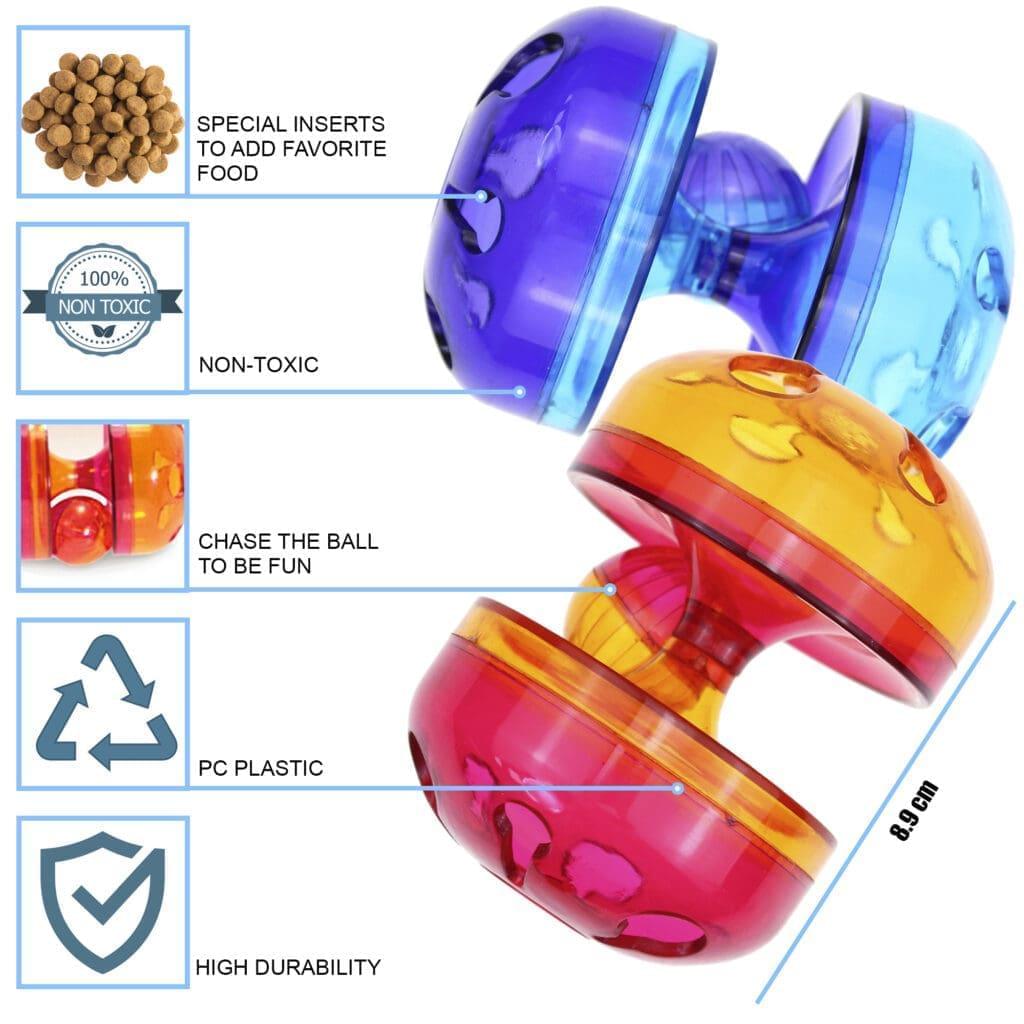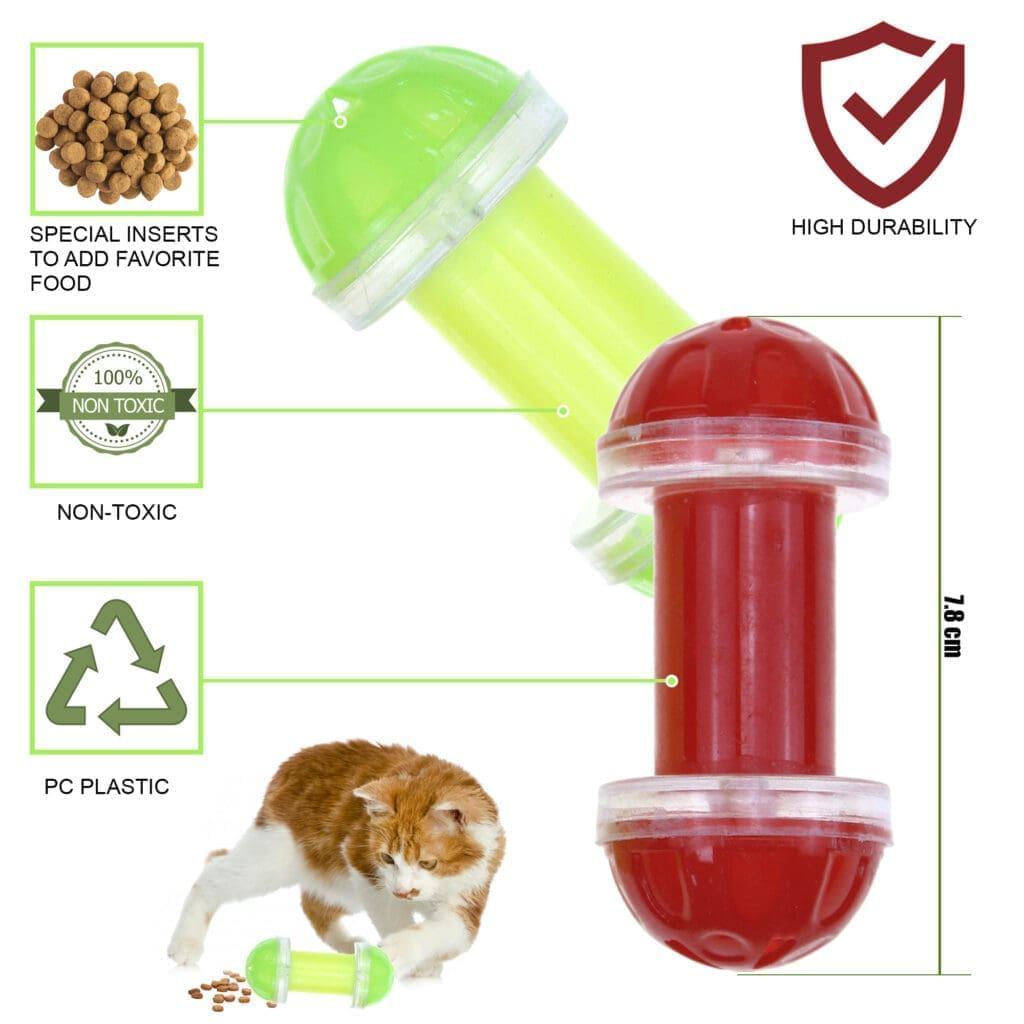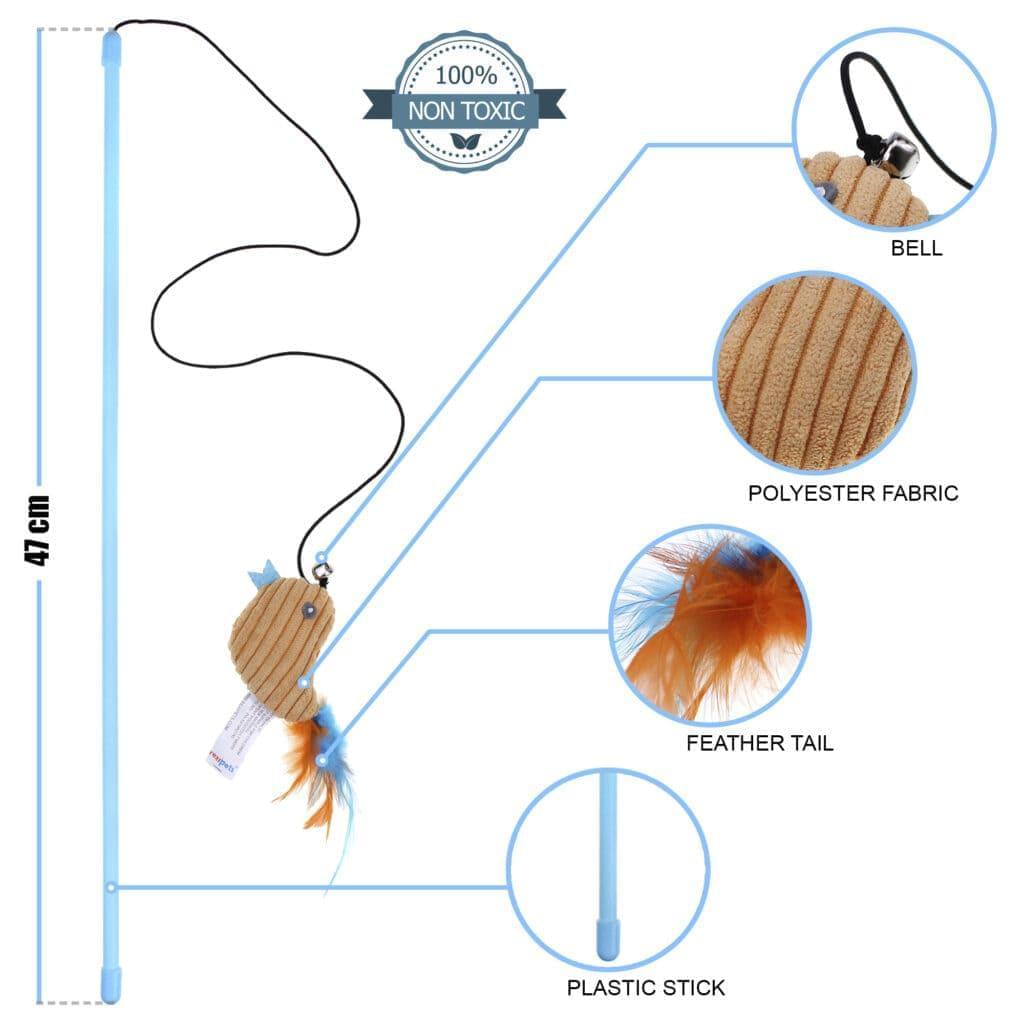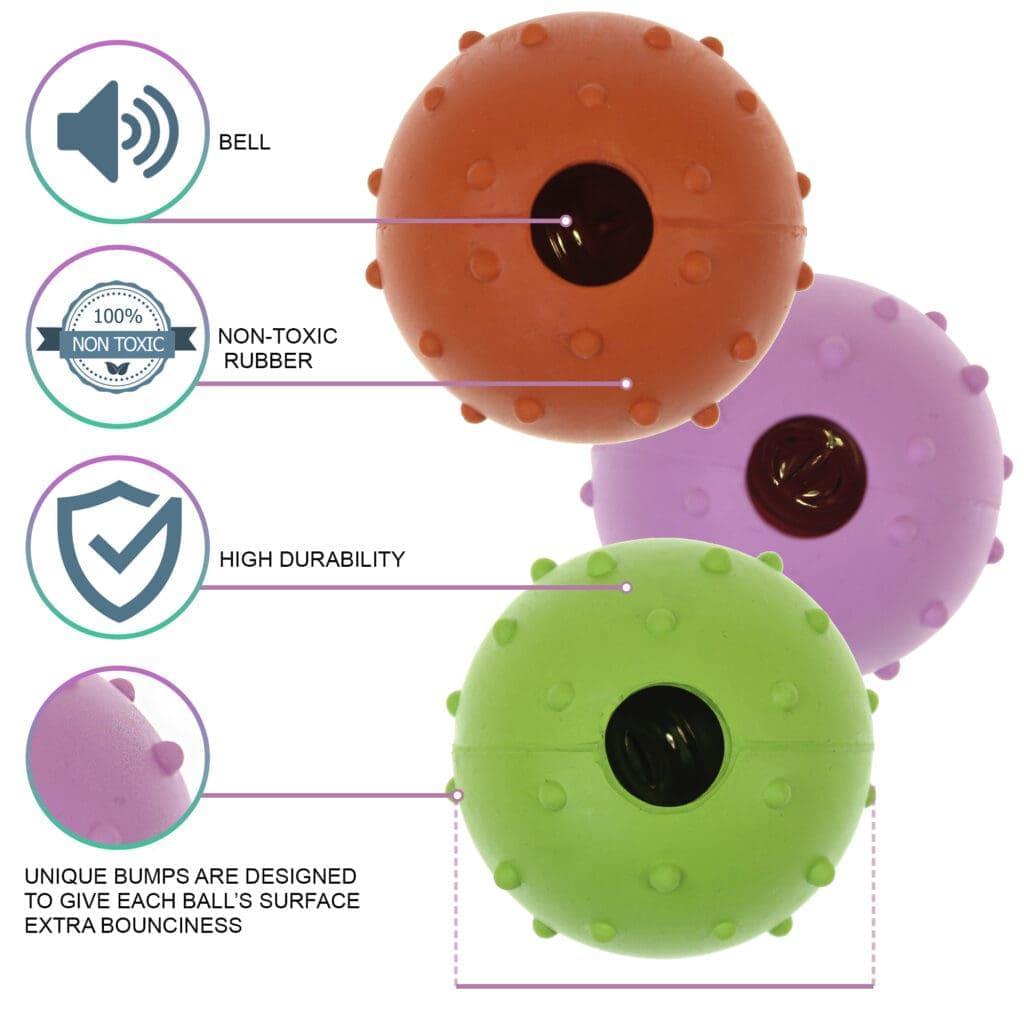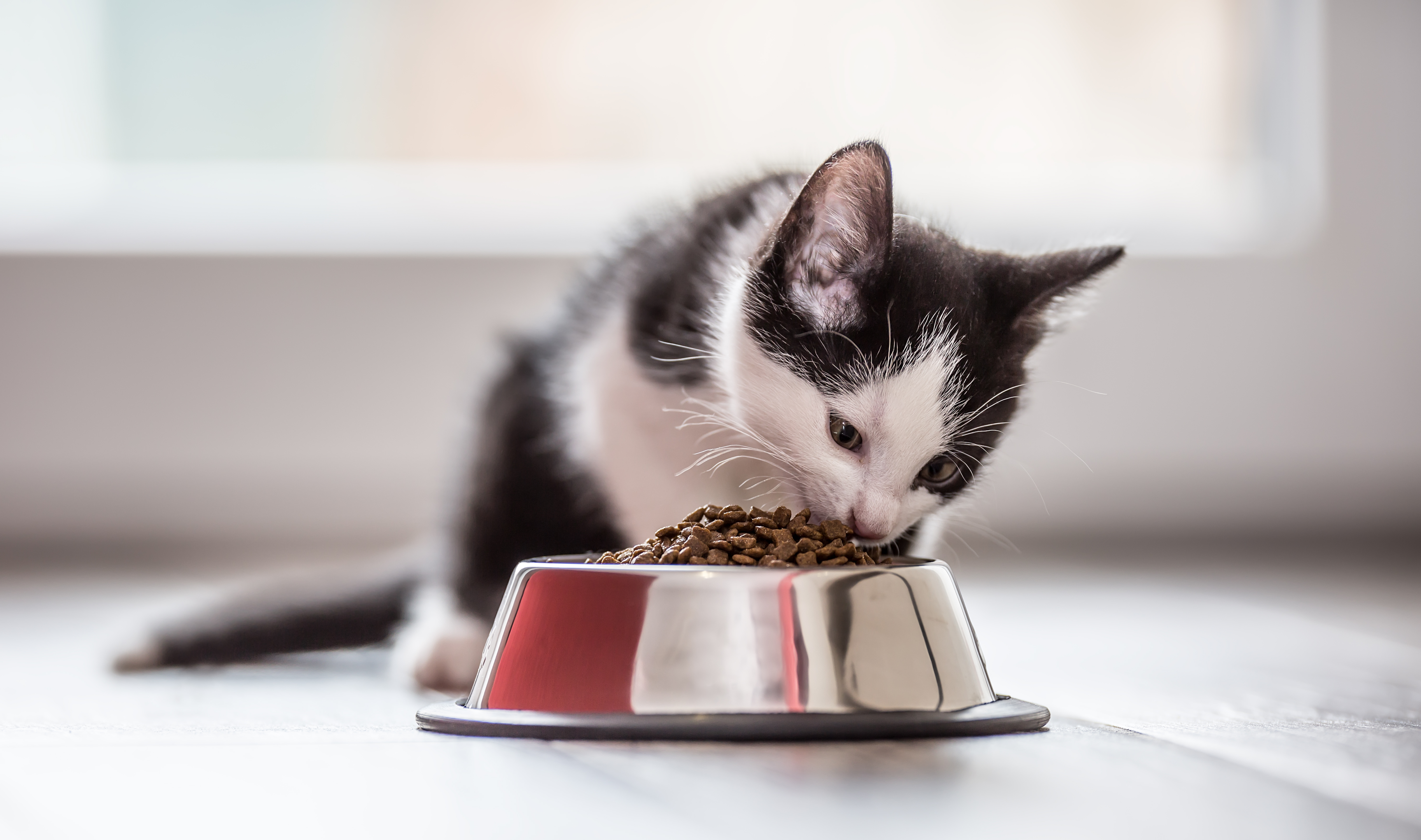
Ever wondered how much food a newborn kitten really needs? Bringing a new kitten home is exciting, but figuring out the right amount to feed them can be a bit tricky.
But your worrying days are over; this complete tutorial is here to help you!
We'll break down everything you need to know about feeding your little furball, from how much to feed a kitten to how often to feed them, the types of food they need, and, most importantly, methods to feed your kitten.
Get ready to make sure your new furry friend grows up healthy and happy by understanding the basics of feeding a kitten.
How Much to Feed a Kitten?
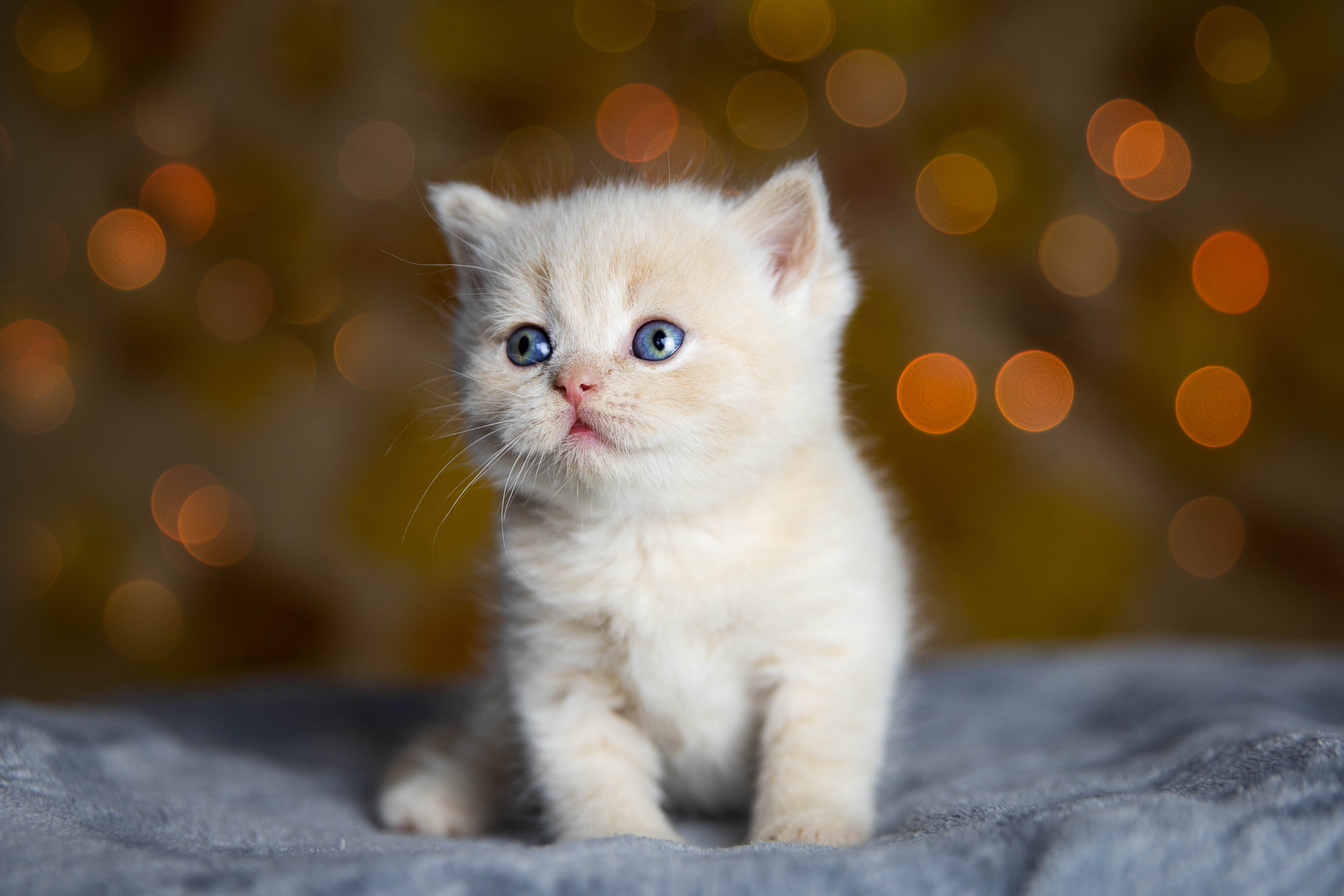
Every kitten is unique, and factors like breed, weight, and size contribute to individual differences in their dietary needs. Since kittens undergo rapid growth, it's crucial to provide them with specially formulated food that offers the essential nutrients required for healthy development.
For kittens aged 1-5 months, a general feeding guideline is ½ cup of food for every kilogram of their body weight. As they transition to the 6-12 month stage, this kitten-feeding amount can be adjusted to ¼ cup per kilogram of body weight.
To determine the precise amount for your kitten, consult the instructions on the back of your kitten food packaging, making necessary adjustments based on your kitten's needs.
If your kitten is underweight, consider increasing the daily calorie intake by offering more frequent meals throughout the day, allowing their small stomachs to handle smaller, more frequent portions.
Conversely, if your kitten is carrying excess weight, reduce the daily calorie intake by slightly decreasing the amount offered at each meal. Your veterinarian can assist in calculating the ideal feeding amount, taking into consideration your kitten's specific caloric requirements.
Here we have a kitten feeding guidelines chart; while the following guide provides a general overview, it's essential to recognize that the actual amounts of food that you should give your kitten may differ based on your kitten's individual needs.
Up to 3 months
- Weighing between 0.5kg to 1.7kg.
- Dry food intake - 55g.
- Wet food intake - 1 1/2 pouches.
- Mixed food intake - 20g dry food along with 1 ½ pouches.
4 - 5 months
- Weighing between 1.8 to 2.7kg
- Dry food intake - 60g.
- Wet food intake - 2 pouches.
- Mixed food intake - 20g dry food along with two pouches.
6 - 12 months
- Weighing between 3 to 4.5 kg
- Dry food intake - 70g
- Wet food intake - 2 pouches.
- Mixed food intake - 30g dry food along with two pouches.
How Often to Feed Your Kitten?
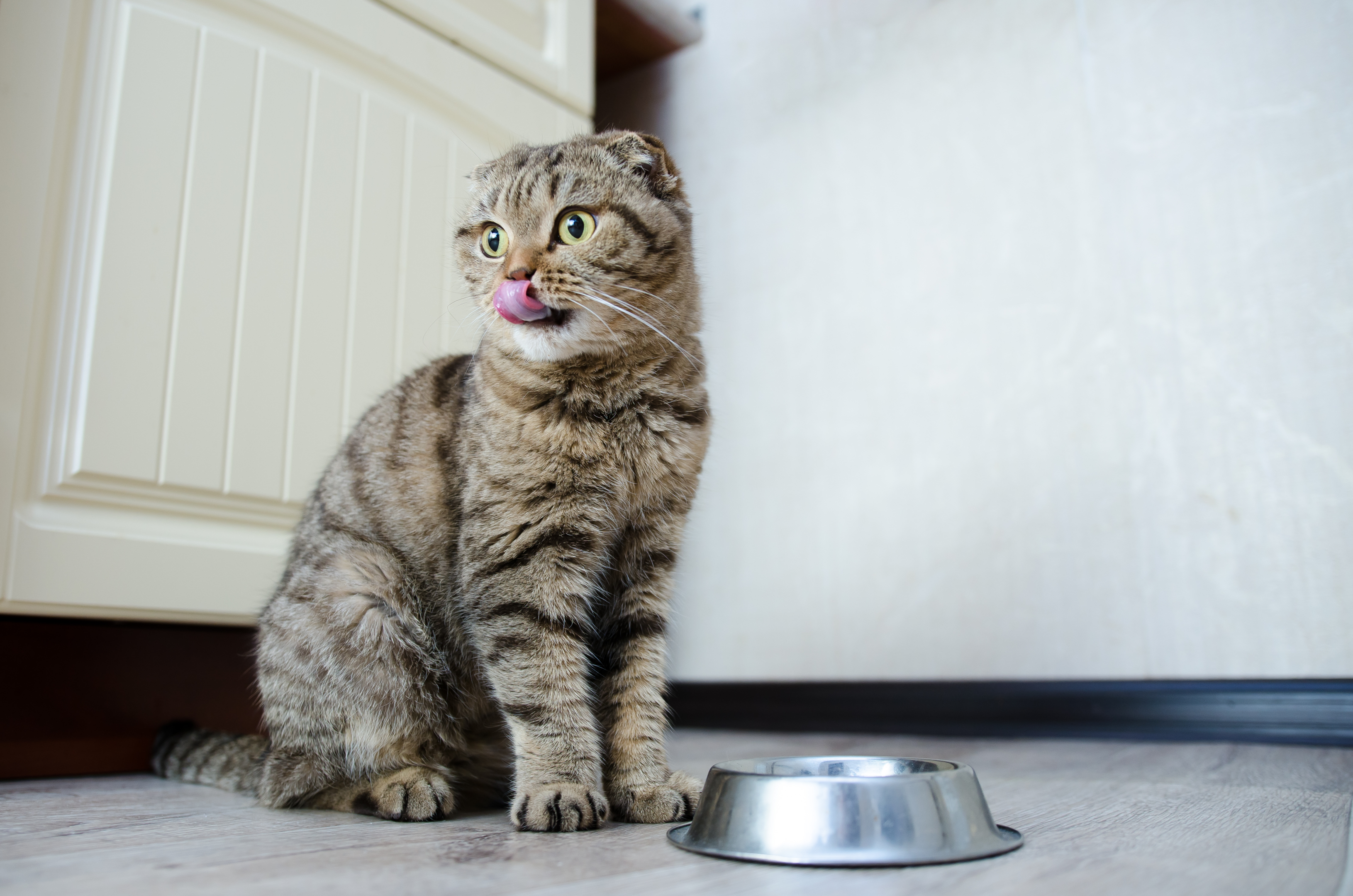
Their specific age determines the feeding routine for your kitten. From birth until seven weeks, newborn kittens rely mainly on their mother cat's milk and feed as needed. If the mother is unavailable, you should use a small bottle to provide a cat milk substitute formula. Bottle-fed kittens should be fed approximately eight times a day.
Some kittens might begin trying solid food at 3-4 weeks, but it's typically around 8+ weeks old when fully weaned from cat milk. Since a kitten's stomach is still small, it's recommended to offer smaller, frequent meals throughout the day rather than bigger but fewer meals.
By the age of 3 months, you can introduce 4-5 meals throughout the day. Between 4 and 6 months, your kitten should have a minimum of 3 meals daily.
Feeding them at least two meals per day is recommended as they approach one year. However, your kitten might prefer more and could eat up to 6 times a day; it's extremely vital to consult your vet to determine the best feeding schedule for your cat.
What to Feed Kittens?
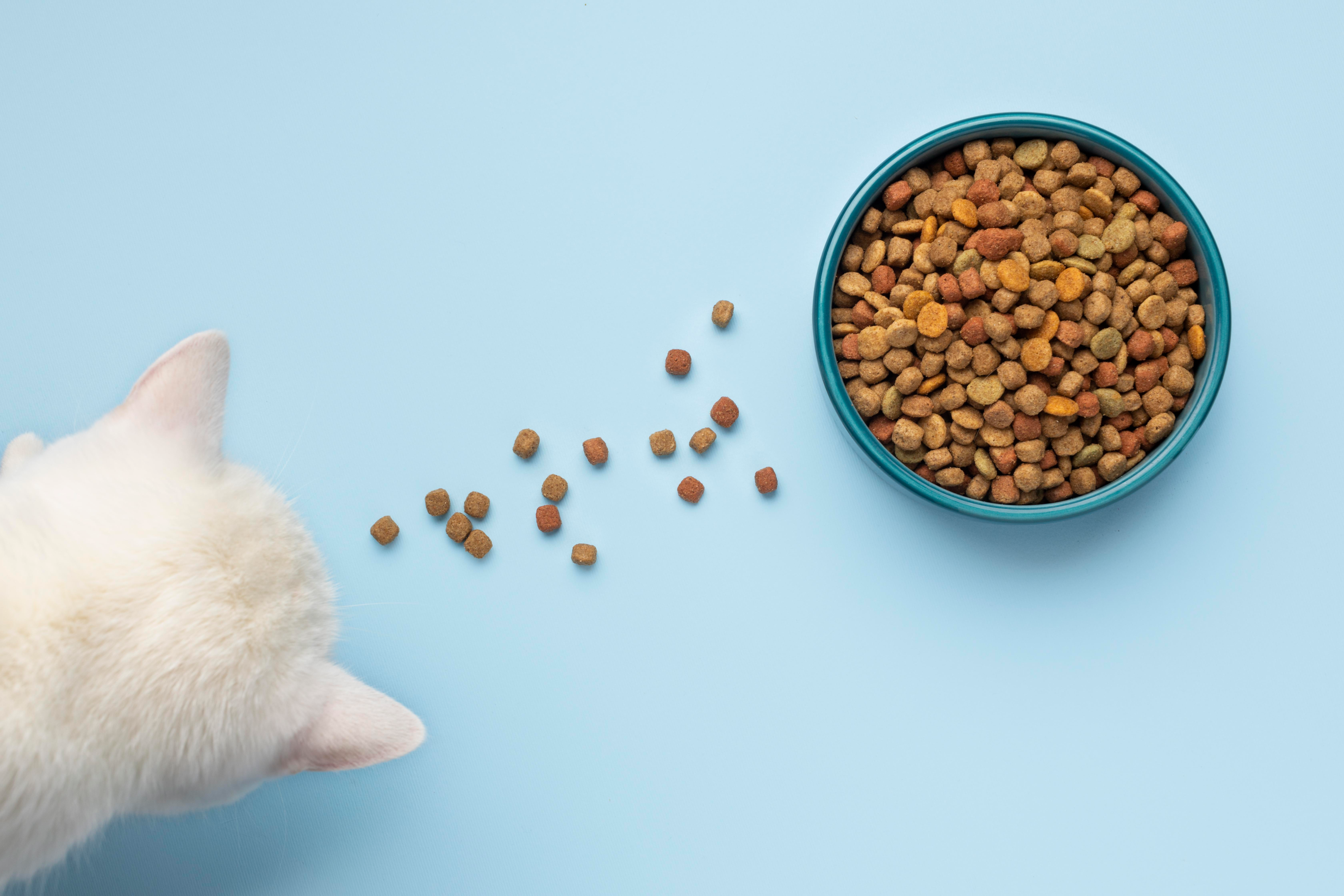
Now that you've got the feeding frequency and amounts down for your kitten, you might be wondering about the specifics of their diet. It's crucial to opt for high-quality kitten food that is specially formulated with the essential nutrients for their healthy growth.
When selecting kitten food, prioritize options with elevated protein, calcium, and fatty acids levels. Protein plays a vital role in developing a kitten's body and supports their energetic playfulness.
Calcium is crucial for the strength of your kitten's bones and teeth. Also, watch for DHA, a vital fatty acid that helps develop your cat's nervous system, brain, and vision. Given that kittens require more calories compared to adult cats, choosing dedicated kitten food ensures they receive the necessary nutrients for optimal growth.
What are Kitten Feeding Methods?
There are two primary approaches to feeding kittens: free-feeding and meal-feeding. As a pet owner, the choice between the two is yours, but weighing the pros and cons of each method is essential.
Additionally, talking to your veterinarian is crucial to determine the most suitable kitten feeding schedule based on your kitten's weight and nutritional requirements.
-
Free-feeding method
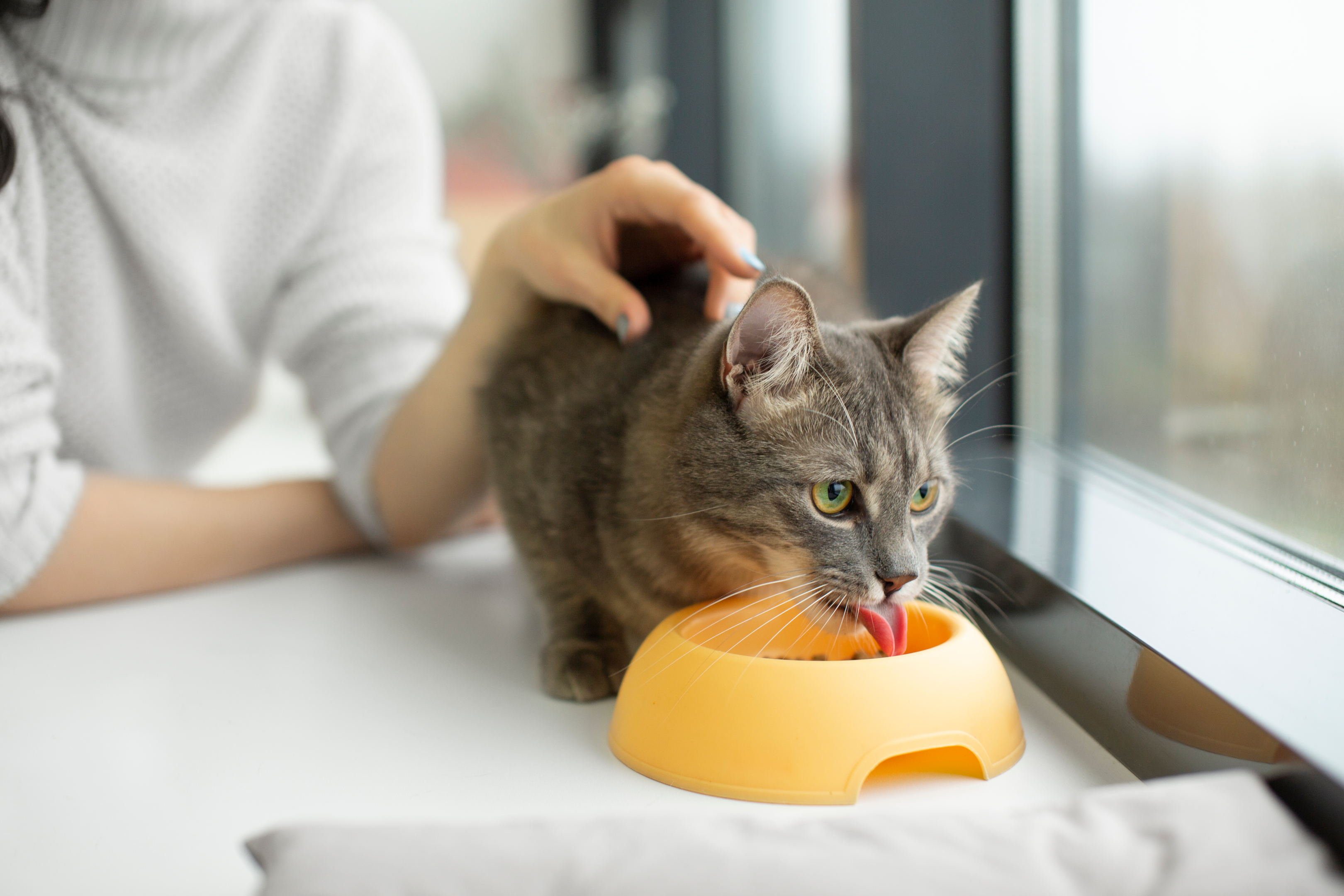
Free-feeding involves leaving dry food accessible in your cat's food bowl for your kitten to nibble on throughout the day. This approach is limited to dry food. Feeding wet kitten food is not possible in this method because wet food can spoil if left out for a long time. Some kittens eat dry food as well. It depends on their preference.
The advantages of free-feeding include allowing your kitten to decide when to eat, promoting self-regulation, and helping determine their hunger satisfaction. This method is convenient for busy owners who may find establishing a strict feeding schedule challenging.
However, if kittens struggle with self-regulation, there is a risk of overeating and potential weight gain or stomach issues, leading to health concerns.
Free-feeding can be challenging in households with multiple cats, especially if there are older cats present. Older cats may attempt to consume the kitten's food, asserting dominance and potentially causing the kitten to eat less and feel uneasy at home.
To address this issue in a multi-cat setting, a microchip-activated feeder can be employed, ensuring that dry food is dispensed only to the designated kitten linked to the microchip.
-
Meal-feeding method
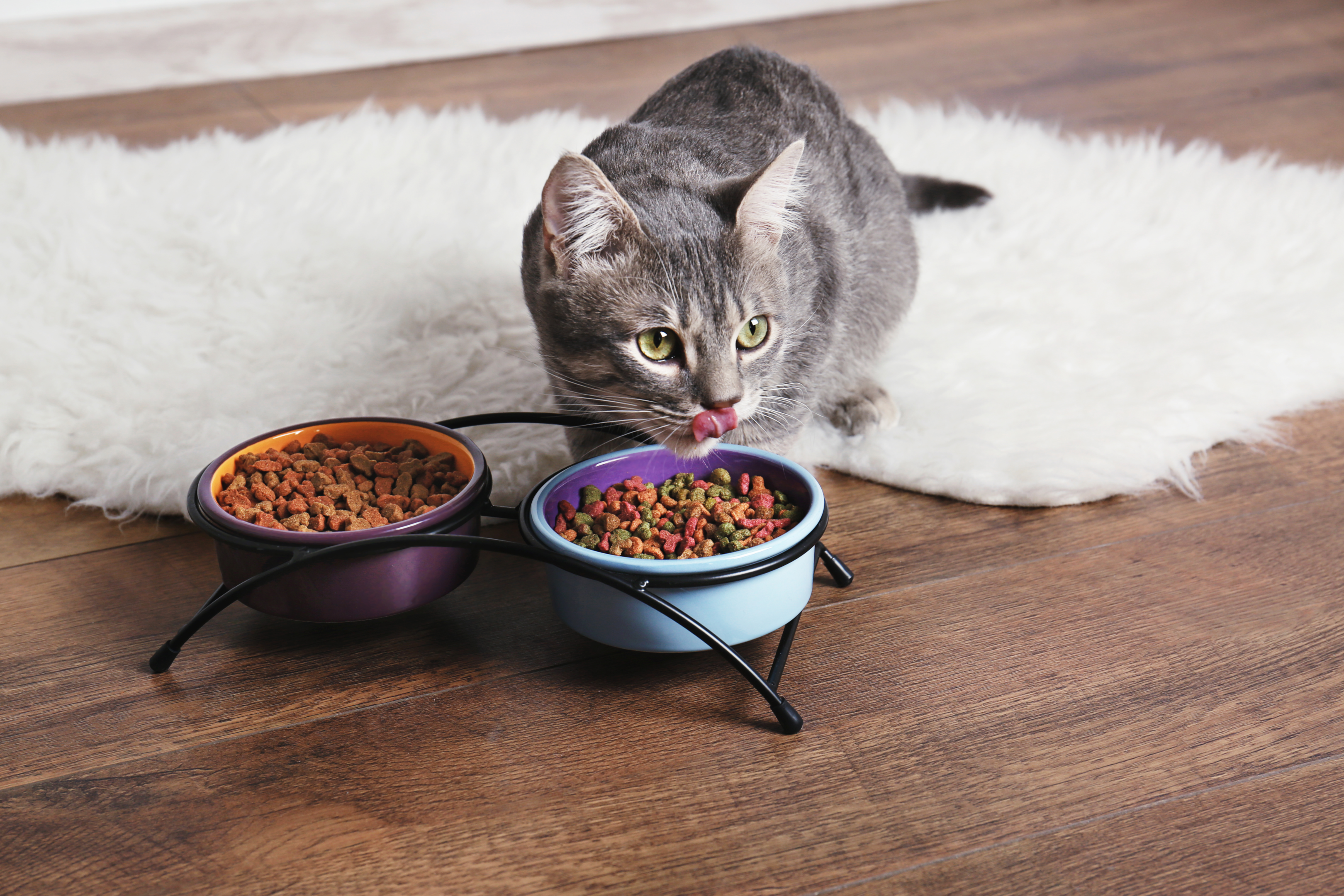
Meal-feeding offers a more structured approach to kitten feeding, which is particularly beneficial since cats typically thrive on routine. This method is well suited for wet food and involves setting times for meals, such as morning, afternoon, and evening.
This structured routine helps kittens anticipate meal times, stimulating their appetite and encouraging them to finish their food. It also facilitates better control over the amount you feed your kitten, especially in multi-cat households.
However, because kittens need more frequent meals than adult cats, meal-feeding demands a commitment of time and structure from owners, which can be challenging for those with long working hours.
An optimal feeding schedule often involves a combination of free-feeding and meal-feeding. Leaving dry food available throughout the day while offering wet food during designated mealtimes ensures your kitten stays satisfied. Later, we'll delve into the advantages of this mixed-feeding approach.
Additionally, various cat feeding toys are designed to dispense dry kibble as your kitten plays, tapping into their instinctive hunting behavior and making mealtime more engaging, providing mental stimulation and physical exercise simultaneously.
Regardless of the chosen method, the primary concern is that your cat is eating well. If your kitten loses appetite, immediate veterinary attention is crucial, as cats, especially vulnerable kittens, should not go beyond 24 hours without eating.
A lack of appetite could indicate underlying illness or discomfort, emphasizing the importance of prompt veterinary care for your kitten's well-being.
Wet Kitten Food vs Dry Kitten Food
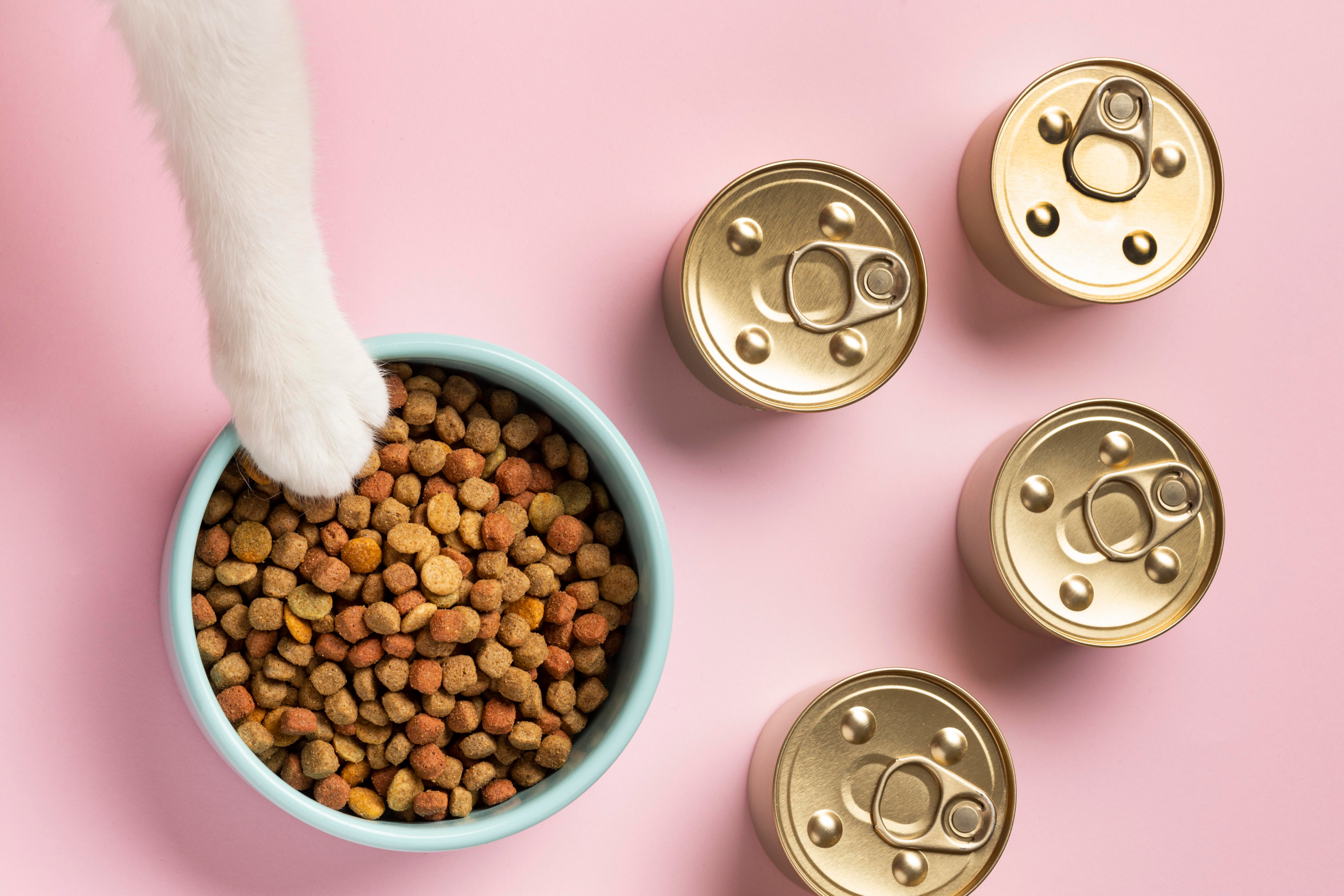
One of the significant distinctions between wet cat food and dry cat food is their moisture levels. Dry cat food has a moisture content of around 10%, with the remaining 90% consisting of dry matter like carbohydrates, fats, and vitamins. Conversely, canned cat food contains significantly more water, approximately 70%, and a lower percentage of dry matter.
This becomes significant when considering your cat's health conditions that might benefit from increased water intake. For instance, cats prone to urinary issues might find wet food more advantageous due to its higher moisture content.
The manufacturing processes for these two types of cat food also differ. Canned cat food often incorporates fresh or frozen meats blended with water, fats, and vitamins before being sealed in cans. The canning process involves heating, ensuring the elimination of foodborne bacteria.
Dry cat food is created by combining meats, vitamins, minerals, and fats, followed by cooking at high temperatures and pressures. This process enhances the digestibility of starches. Additionally, fat may be sprayed onto the dry food to enhance its palatability.
Regarding nutrients, dry cat food tends to have higher carbohydrate content than canned food. The protein and fat levels can vary based on the specific formulation of each type of diet. Some dry cat food formulations may also include probiotics, promoting digestive health.
Understanding these differences is essential for cat owners, as it helps them make informed decisions based on their cat's individual needs and health considerations.
Final Words

Figuring out how much to feed your kitten is important for taking good care of them. This complete guide has tried to simplify it by talking about how often you should feed, how many meals your young kittens need, and what kind of food is best for them.
Whether you leave food out for them all day or have set meal times, the main thing is to ensure your kitten is eating well.
Kittens grow fast, so what they eat is super important for their health. By monitoring their weight and talking to your vet, you can ensure your kitten gets the right kind of food at the right times. This helps them stay healthy, and they become your loving and playful companion.
FAQs
Is mixed feeding good for kittens?
Many studies from around the world say that it's a good idea to give kittens both wet and dry food. This mix helps keep their teeth healthy, makes sure they stay hydrated, takes care of their urinary health, manages how much they eat, and keeps their weight in check.
Can kittens eat human food?
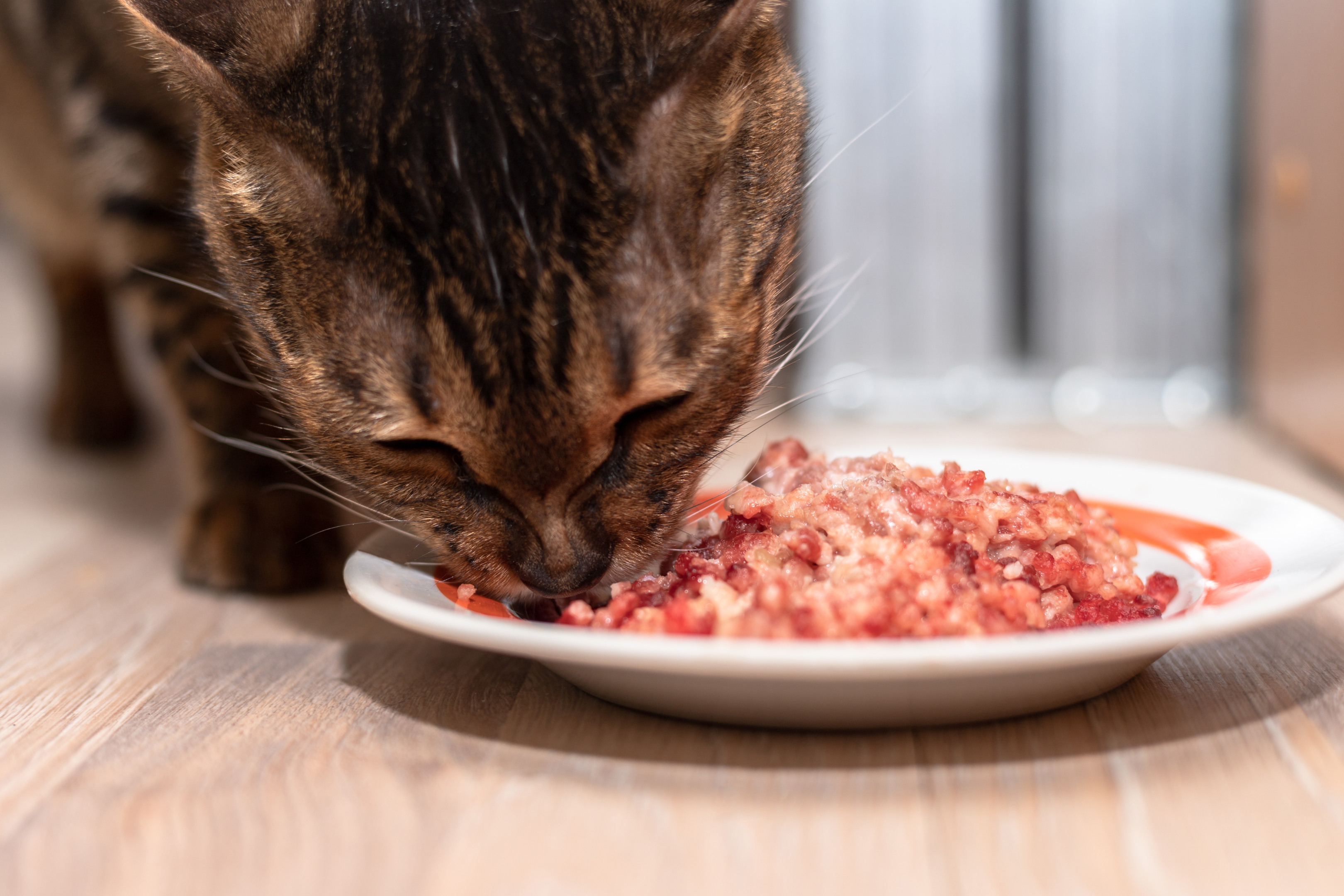
Ideally, your cat should get all the necessary nutrients from adult cat food that's labeled as 100% complete and balanced. However, some human foods are okay for cats. Cooked meats such as beef, turkey, and chicken, as well as cooked and boneless fish like tuna, are safe for cats to eat. It's important to steer clear of giving them raw meats and fish because those can make your cat unwell.









